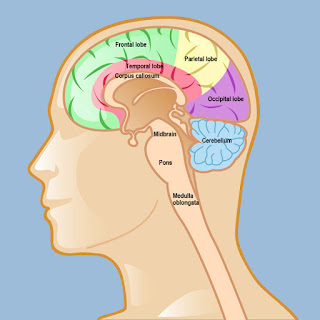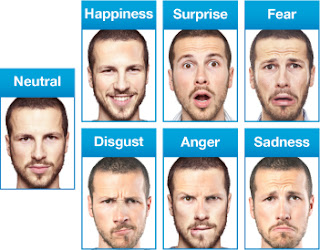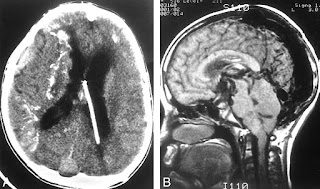 Humans have always had the tendency to observe events occurring in their environment and explain them. This systematic involvement and the development of investigative methods for various phenomena have led to the emergence of several scientific fields and the knowledge we possess now a days.
Humans have always had the tendency to observe events occurring in their environment and explain them. This systematic involvement and the development of investigative methods for various phenomena have led to the emergence of several scientific fields and the knowledge we possess now a days.The present study focuses on interpretations of behavioral phenomena over the centuries and on the factors contributing to them. Although the role played by the brain in behavior had been recognized since antiquity, it took a long time for this relationship to become widely accepted. Brain-behavior relationship was established as a result of accumulation of scientific evidence and has only recently been founded as an independent scientific field.





